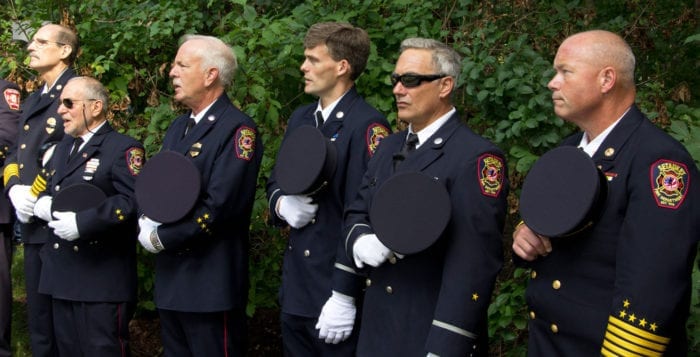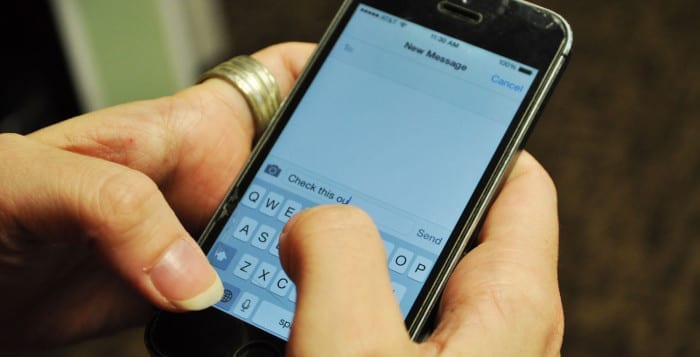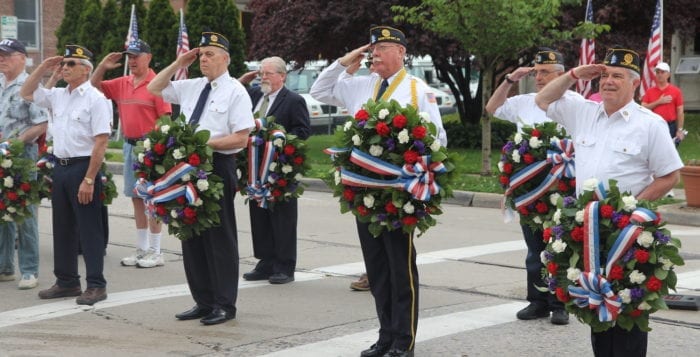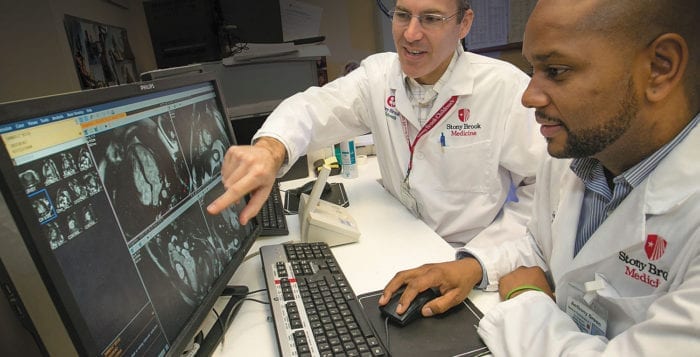Extended family has that wonderful yet terrible ring to it. When we gather with family we may not have seen in years, we get the chance to reminisce, to share details about our lives, and to face the horror of seeing someone who insists on reminding us of something we said or did that we’ve spent years working to forget.
Recently, we gathered with a large group of family and got to watch our children, who are now in middle and high schools, face the same treatment I recall all too well from my youth.
“He’s so grown up and handsome,” is one of the more innocuous statements about my son.
“He has your dimples,” another offered, which would be flattering except that I don’t have dimples. That lady insisted, however, that the laugh lines on the sides of my face were like dimples, to which my son and I blinked our long eyelashes, which he did get from me, and moved on.
“The last time I saw you,” one friend started, “you must have been no more than this high,” she suggested, holding her hand around mid-knee level. “Do you remember?”
No, how could he remember? When you’re that small, you barely remember your own name.
Back when I was a kid, older relatives used to approach my cheeks as if they were fruit they had to squeeze to make themselves prune juice. Between thumb and index finger, they’d grip tightly while spitting into my face something about how cute I’d become. I’d focus on not letting the tears spill down my sore cheeks as these distant relatives couldn’t keep their distance.
Other people’s kids grow up incredibly quickly because we don’t have to take care of them when they get sick at night, drive them to sports or music practices, or push them to do their homework. We don’t have to battle with them when they decide that everything anyone who is more than 20 years old says is absolute nonsense and that they don’t want to live by anyone else’s rules.
We can look at other people’s children as if they are a part of some longitudinal study or as if we are flipping through the pages of a picture book that spans several years.
When I see some of these children who drift in and out of my life every few years, I’m tempted to tell them stories that wouldn’t interest them, about how incredibly shy they were 10 years earlier, or how their laugh used to be like a bubble machine, filling the room with happy suds. For the giggling girl who became the taciturn teenager, those stories are as welcome as persistent questions about the boys in her grade or events that occurred during the day in school.
I can’t stop myself from commenting on how much taller the kids are getting, in large part because many of these teenagers, who I used to get on one knee to see eye to eye, are now towering over me. I even made one of them smile when I asked if he wouldn’t mind bending down to hug me.
At this recent gathering, I asked my son to go around the table and name as many of the relatives as he could. The relatives were aghast at my putting him on the spot but, thoroughly enjoying the day, he recognized the request was a playful prank.
No matter what I say to other people’s kids, I make sure I don’t pinch anyone’s cheeks. Even all these years later, I can still see those feral fingers and thumbs coming at me like talons.








